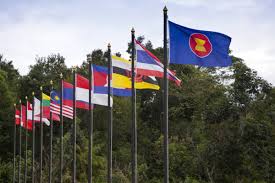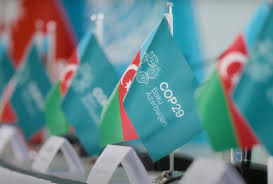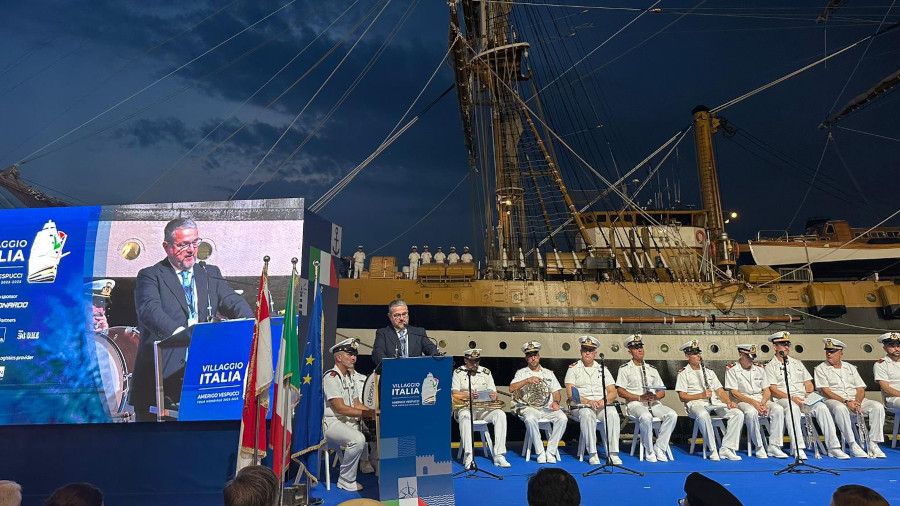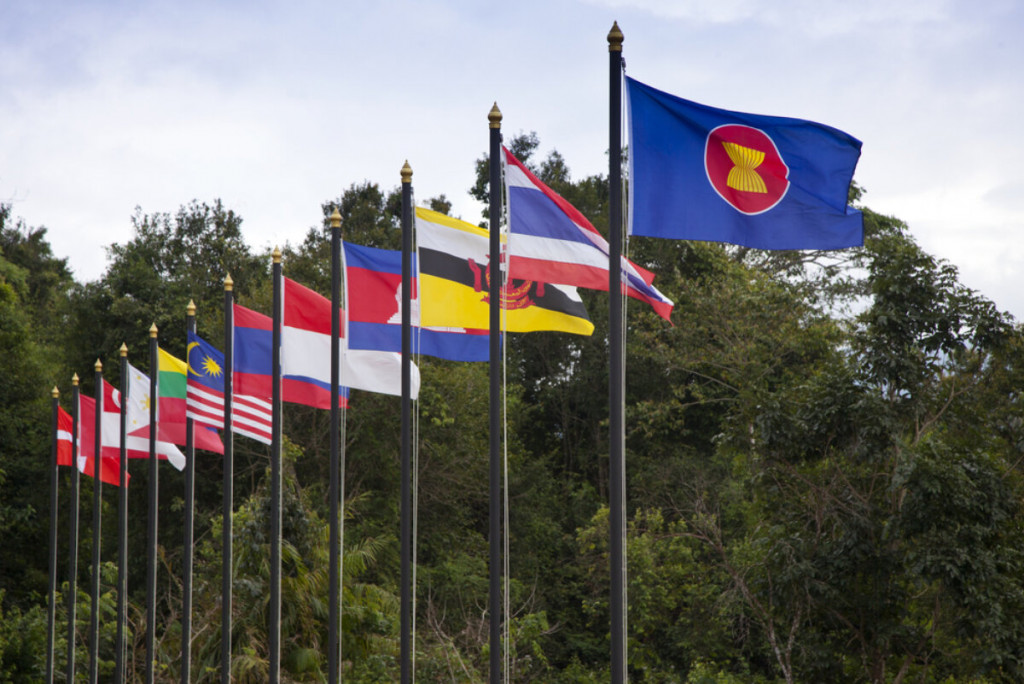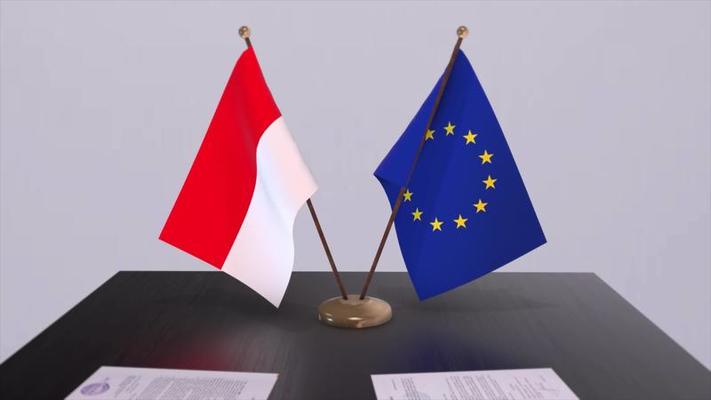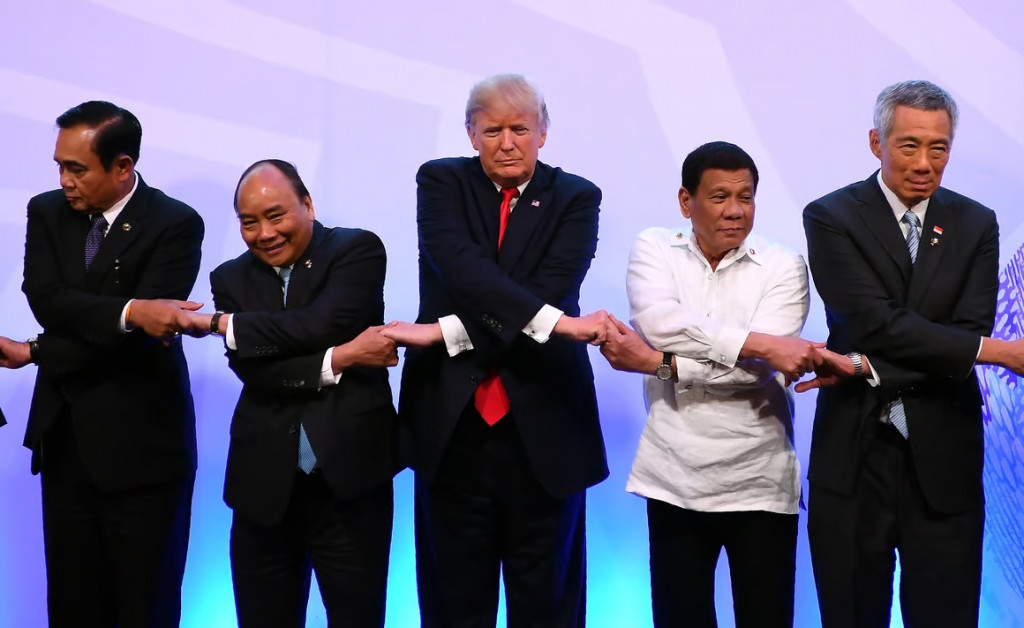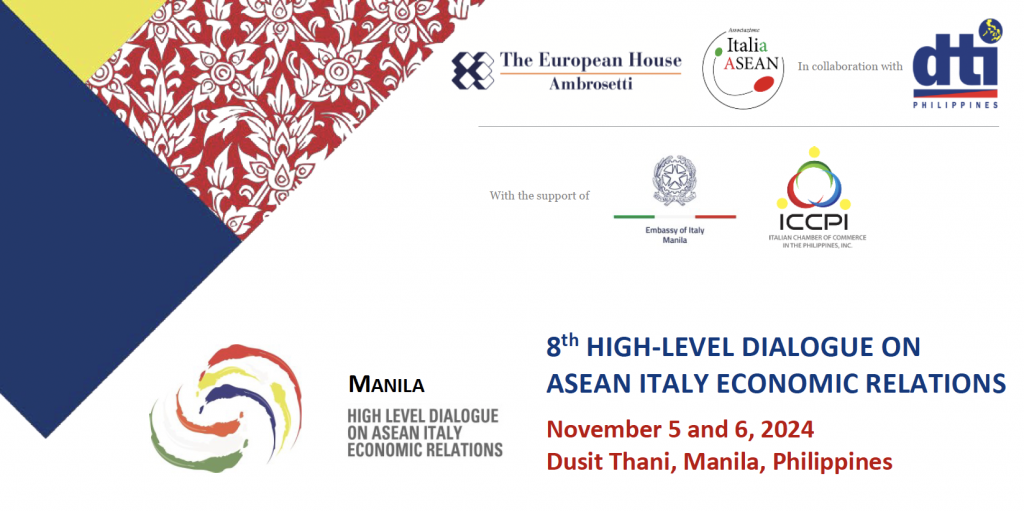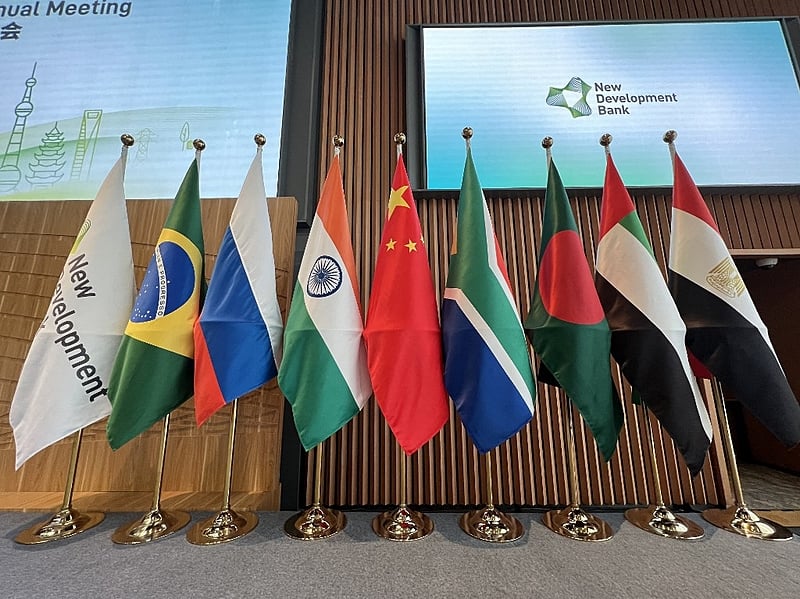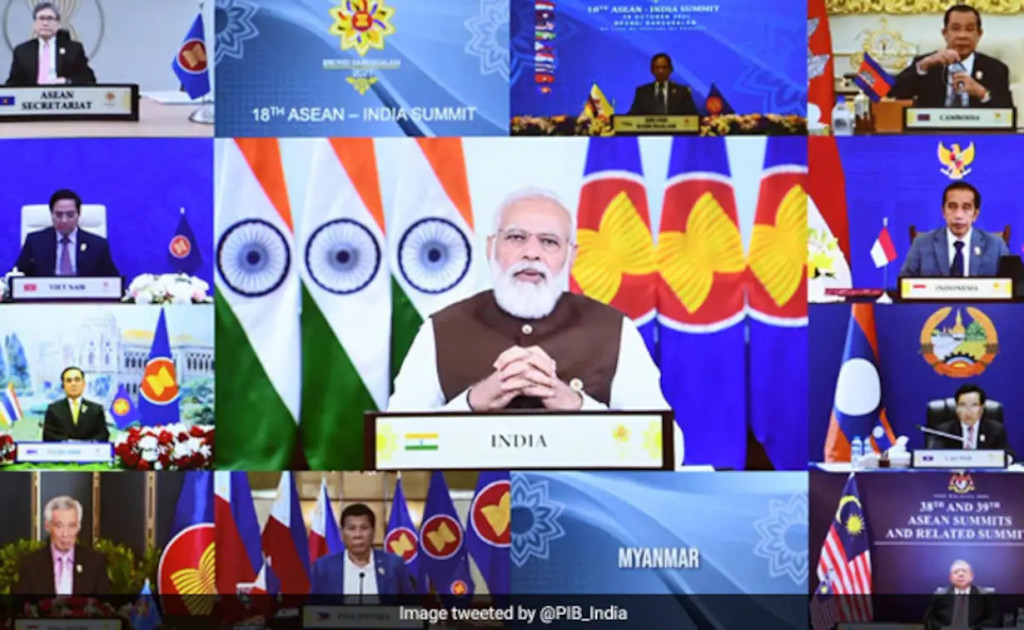I dati del 2024: record per la crescita delle esportazioni Made in Italy in Vietnam
Il rialzo dei dazi da parte degli Stati Uniti potrebbe avere effetti positivi per l’export italiano, soprattutto da parte dei mercati emergenti. Secondo un approfondimento messo a punto dalla Farnesina, dopo la riunione presieduta dal ministro Antonio Tajani con alcuni rappresentanti del tessuto produttivo italiano, un ruolo importante potrebbe avere l’apprezzamento del dollaro sull’euro, verificatosi negli ultimi mesi, unito all’aumento delle scorte di merci da parte delle imprese americane. Anche misure tariffarie più elevate contro Cina e Messico potrebbero avere effetti opposti, aprendo spazi competitivi per il Made in Italy. In particolare, segnala la Farnesina, importanti opportunità per l’export italiano vengono dai mercati emergenti: Mercosur, India, ASEAN, Paesi del Golfo, Africa e Balcani. Le esportazioni italiane nella regione ASEAN hanno raggiunto 9,7 miliardi di euro nel 2023, con una crescita del 5,1%, confermata da un’ulteriore +11% nel 2024. I settori trainanti sono macchinari, chimica, tessile e agroalimentare. Sebbene il saldo commerciale sia negativo, il deficit si è progressivamente ridotto grazie alla crescente competitività del Made in Italy. Nello specifico, nel 2024 l’aumento più significativo è quello verso il Vietnam, dove si registra un ragguardevole +25%. La crescita riguarda anche gli altri Paesi dell’ASEAN e il dato è una chiara testimonianza della crescente apertura del mercato asiatico, che continua a rappresentare una frontiera chiave per l’industria italiana. Il trend si sta addirittura intensificando, visto che il solo dato di dicembre 2024 è addirittura di un aumento del 39,9%. Negli ultimi sei anni, l’interscambio commerciale complessivo tra Italia e ASEAN è cresciuto circa del 40%, più di Regno Unito, Germania e Francia, evidenziando il grande dinamismo delle relazioni economiche Italia-ASEAN. Gli strumenti di cooperazione economica tra l’ASEAN e l’Italia sono diversi e sfaccettati. Comprendono accordi commerciali, trattati di investimento, joint venture e programmi di cooperazione economica e tecnica. Questi strumenti mirano a ridurre le barriere commerciali, a promuovere gli investimenti, a favorire il trasferimento di tecnologia e a rafforzare i legami economici tra le due regioni. Insieme, costruiscono partenariati economici resistenti e reciprocamente vantaggiosi. Ad oggi, gli IDE italiani nell’ASEAN valgono 7,7 miliardi di euro, mentre gli IDE ASEAN ammontano a più di 800 milioni di euro. Si tratta di aumenti esponenziali da quando è stata fondata l’Associazione Italia-ASEAN.

